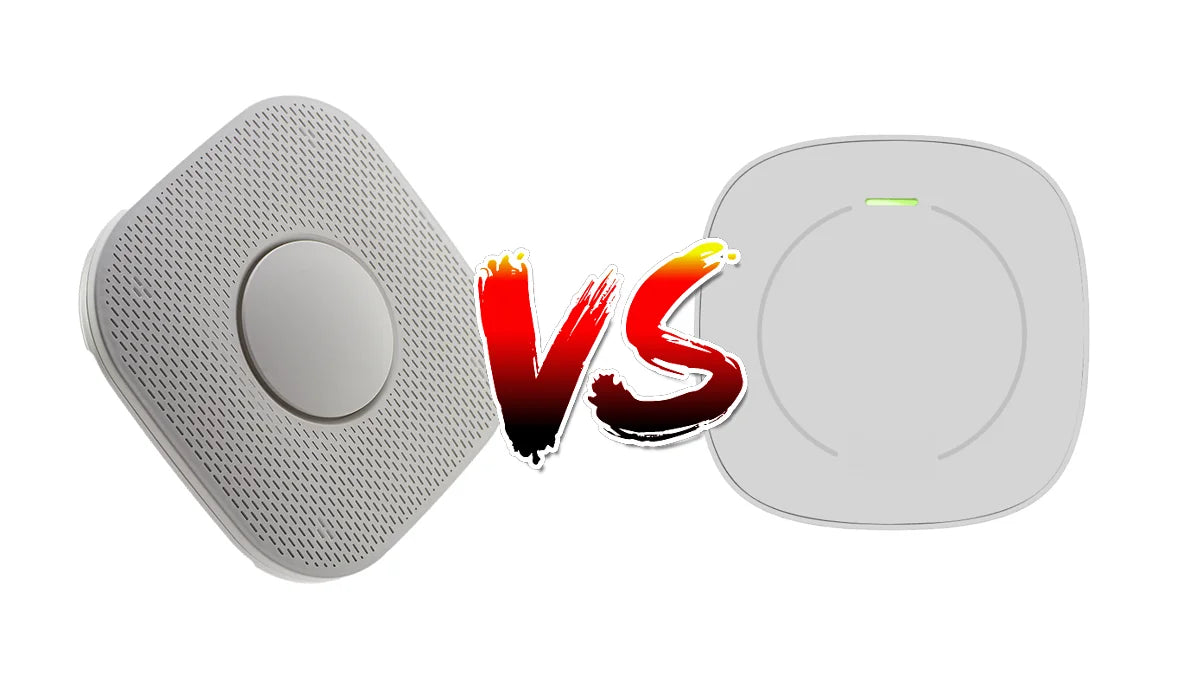Vape detection vs. PM2.5 detection
There’s a number of devices on the market posing as vape detection devices – but they only look for something in the air called PM2.5. Find out why this is an issue…
Vapourised chemicals from e-cigarettesis a complicated business
Before we set about creating a vape detector, we employed the services of PHD level scientists to work out what chemical changes happen in the air when someone vapes. We spent month’s creating a formula that worked reliably and existed in all vapes. That formula is made of 9 elements at specific ratios. We found that anything less detailed, cannot produce reliable alerts.

The science
The formula that we discovered is proprietary and allows VapeGuardian to offer unrivalled reliability in acurately detecting vaping.
We can disclose that one of the nine elements we monitor in the air is PM2.5. However, detecting PM2.5 alone is not sufficient, as it can lead to false vaping alerts due to common sources like hot taps or general poor air quality. Our detection system relies on a combination of all nine elements, each in specific ratios, to ensure accuracy. This comprehensive approach distinguishes vaping from other environmental factors, providing reliable and precise alerts.

Bad actors
Vaping in schools is an emerging problem. As with many markets where a solution is urgently needed, numerous devices that are “not fit for purpose” have flooded the market, failing to meet the needs of users seeking effective solutions.
The devices in question check the air for only PM2.5. These devices cost mere pennies to make and are packaged as effective solutions for less cost that genuine systems.
Many reputable companies have picked up these useless devices, branded them as their own and as passing them off as vae detectors – when they simple are not.
